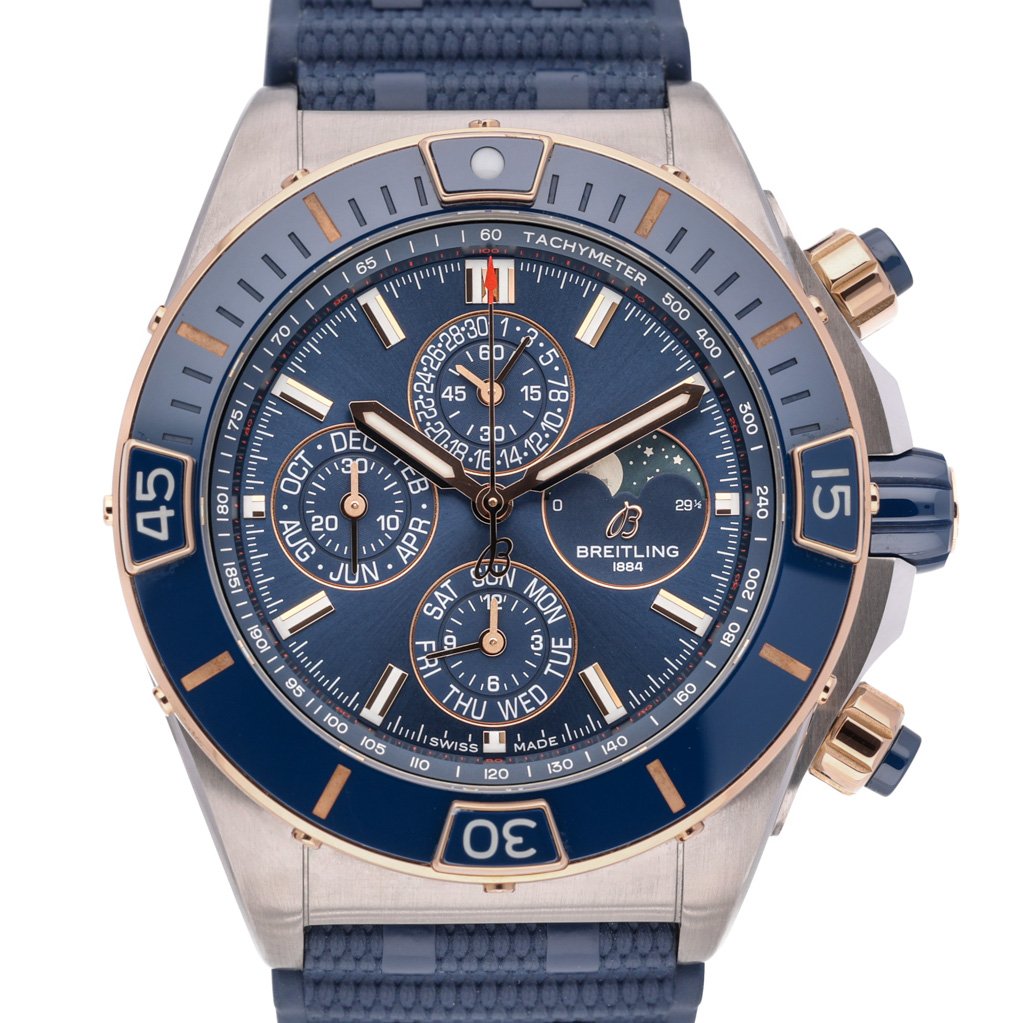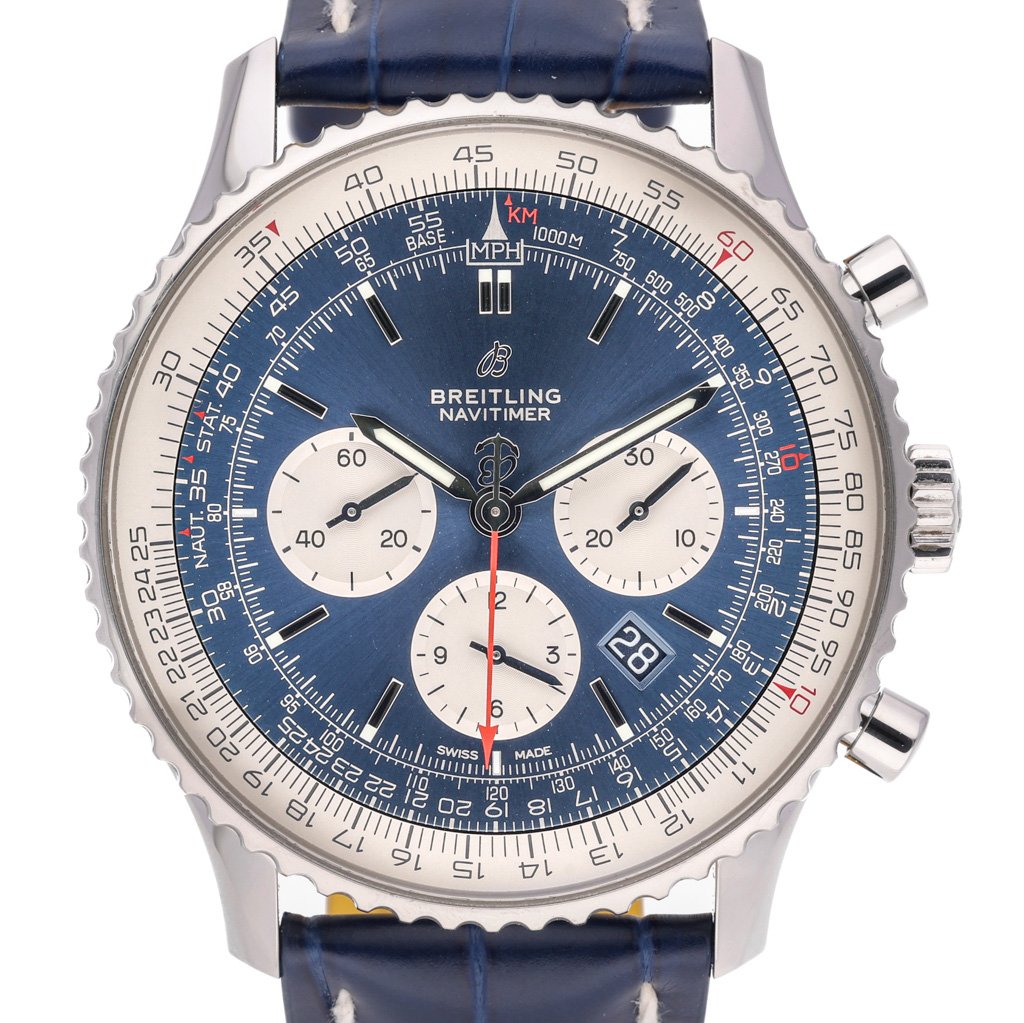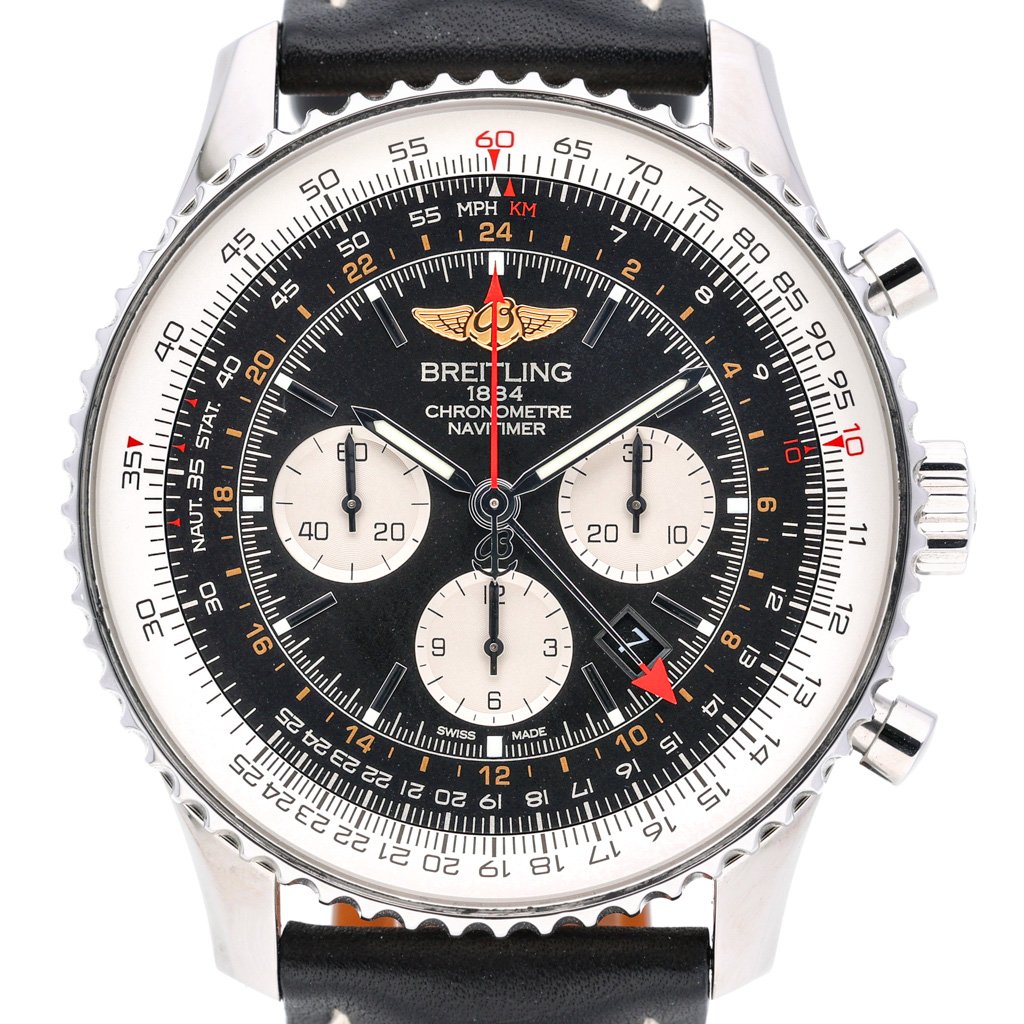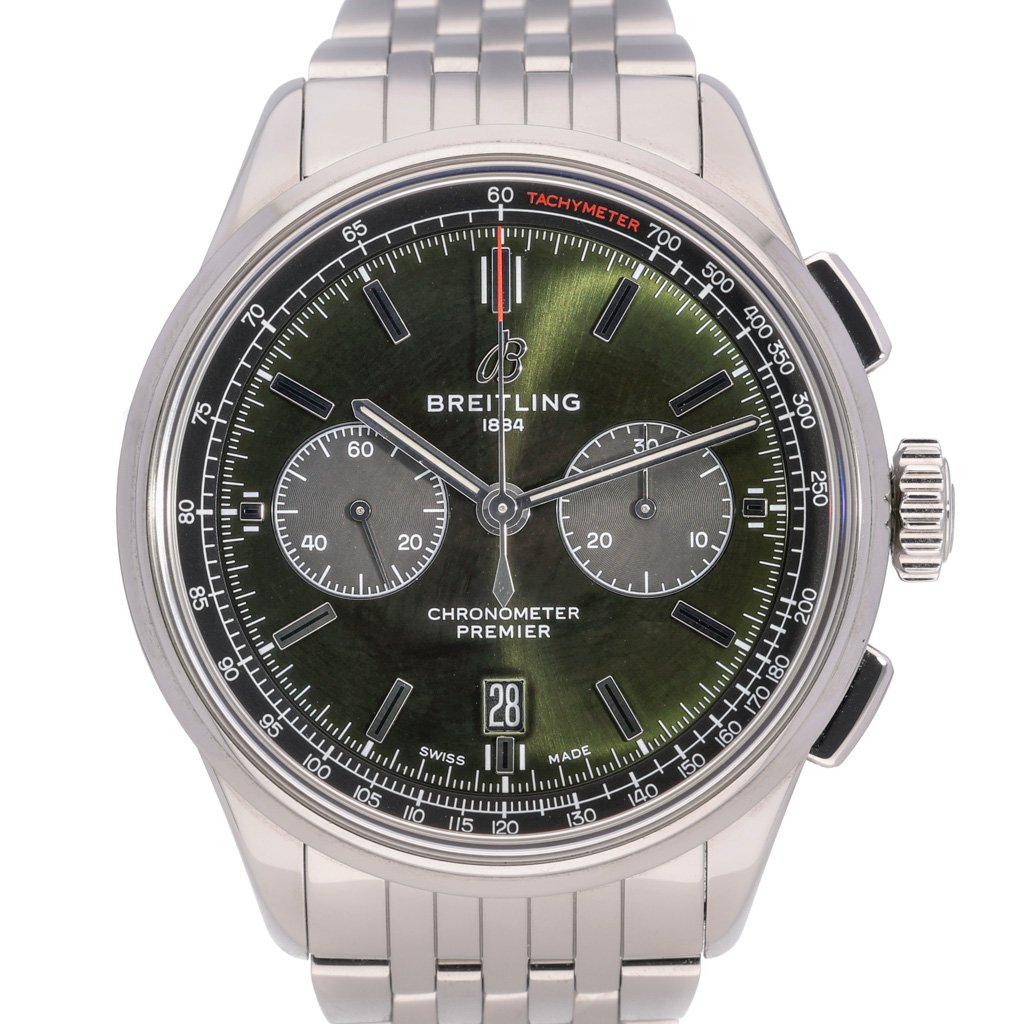Breitling Watches
In the mid-1880s, Léon Breitling established his first workshop in Saint-Imier and created innovative watches that secured his brand’s esteemed position in watchmaking history.
In 1892, due to his increasing success, Léon Breitling moved his workshop to La Chaux-de-Fonds which was considered the watchmaking capital of Switzerland and the world and transformed it into a watch factory.
Breitling’s watches, clocks and timers set the industry benchmark in the early 20th century. Highly sought after by sports enthusiasts, athletes, and aviation pioneers, Breitling continuously improved his watches and filed several relevant patents. His innovative spirit was evident in both his professional and personal life.
Léon Breitling gained fame as an early adopter of marketing, using réclame to promote his innovative sports timers and clocks. In January 1900, an ad in the International Journal of Watchmaking praised his split-second hand and new “8-day power reserve” table clock.
In 1905, with the rise of use of automobiles, Léon Breitling patented a tachymeter for pocket-watches. This device was an early version of the speedometer, featuring a speed scale that slowed the seconds hand down to complete one revolution around the dial in four minutes. This allowed users to easily measure speeds ranging from 15 to 150 km/h.
Léon Breitling’s “Vitesse” pocket watch included his tachymeter innovation and was used by police officers in 1906 to issue the first speeding tickets in Switzerland. Yes, you have Breitling to thank for that “advancement”!
In 1915, Gaston Breitling created one of the first wrist-worn chronographs with an independent pusher at 2 o’clock. He further improved it in 1923 by moving the “reset-to-zero” function back to the crown, allowing users to add successive times without resetting the hands to zero.
In 1932, at only 19 years old and fresh out of school, Willy Breitling took the helm of the family business five years after his father, Gaston, had passed away.
Breitling’s third-generation owner patented a new chronograph function in 1934, adding a second pusher at 4 o’clock. This marked the final step in developing the modern clock. The company was a pioneer in precision and wearability from 1880s to 1930s. Willy Breitling took marketing and product design to the next level, introducing product names and pushing design limits.





















